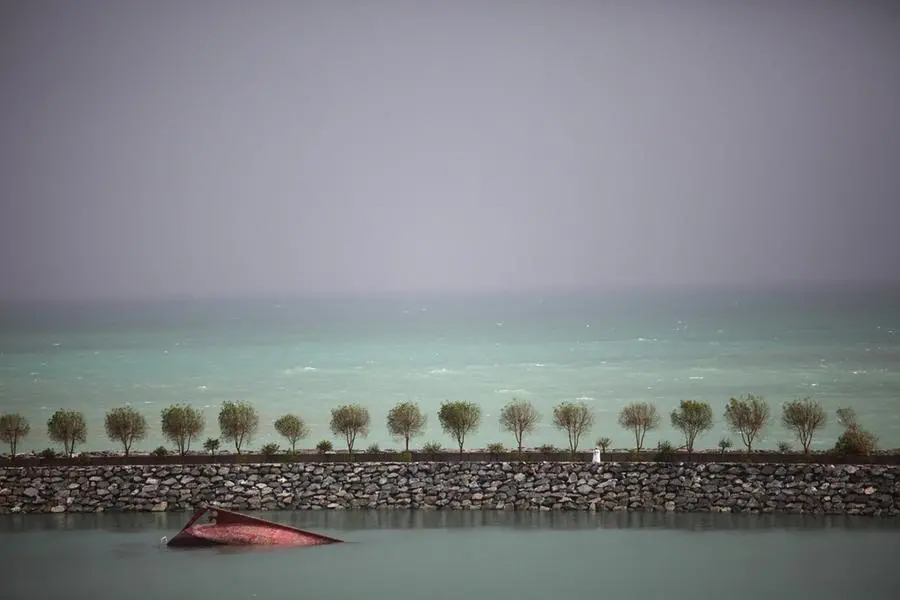PHOTO
Image used for illustrative purpose Getty Images
Muscat – Extreme heat and humidity this summer adversely affected the hatching of critically endangered Hawksbill and endangered Green turtles along the coast of Oman.
These species, which nest on the beaches of Al Husn, Al Bandar, and Al Waha – maintained by Shangri-La Barr Al Jissah – are facing significant challenges as a result of the extreme weather conditions, a conservationist said.
This season, nearly 1,500 turtle eggs failed to survive, marking the second-highest casualty rate since Cyclone Gonu, which devastated 3,000 eggs. This was informed by Mohammad al Hasani, who oversees turtle conservation at Shangri-La.
This year Hawksbill turtles accounted for 70 nests with 1,993 hatchlings, while Green turtles had 59 nests with 1,170 hatchlings, taking the total number of nests to 129 and 3,193 hatchlings in all witnessed in the sultanate.
These figures are concerning, especially when compared to last year’s 154 nests and 4,369 hatchlings. Hasani expressed concern over the decline. “This year, we saw a noticeable drop in the number of nests and hatchlings compared to last year. The figures speak for themselves. This loss is due to the extreme heat this summer,” he said.
The peak hatching was observed on June 17, with the birth of 49 hatchlings. The rising temperatures and humidity have posed a significant threat to the eggs, leading to high mortality rates. In a bid to save the vulnerable eggs, Hasani and his team relocated 2,000 eggs from the beaches to a nearby cave, known as the ‘cooler,’ to provide a more stable environment.
“The challenge was immense,” Hasani noted. “We had to move the eggs within 24 hours to ensure their survival. The eggs are incredibly sensitive, and any delay could have resulted in a complete loss.” The team carefully created 23 nests within the ‘cooler’ to accommodate the eggs, and once hatched, the baby turtles were promptly released into the sea.
The situation underscores the vulnerability of these creatures in the face of environmental changes. “The young turtles are born with an innate sense of the sea,” Hasani explained. “As soon as they hatch, they are naturally tuned to the smell and the sound of the ocean, and they instinctively make their way towards it.” Once they reach the sea, these baby turtles feed on plankton, jellyfish and corals, beginning their long journey through life.
To protect the nests, the resort has erected small fences and markers around them to prevent damage by beachgoers. However, the eggs remain under constant threat from predators. “Crows pose a significant threat to the eggs on the beach, and in more inland areas like Sur, foxes are a major concern,” Hasani added.
The nesting season for turtles in Oman runs from January to August, with the optimal hatching period in March and April. Mother turtles typically come ashore at night to lay their eggs, creating nests as deep as half a metre. The eggs take approximately 90 days to hatch, with the gender of the hatchlings being determined by temperature – cooler temperatures produce male turtles, while warmer temperatures result in females.
Turtles are known for their incredible longevity, with lifespans reaching up to 200 years.
© Apex Press and Publishing Provided by SyndiGate Media Inc. (Syndigate.info).





















